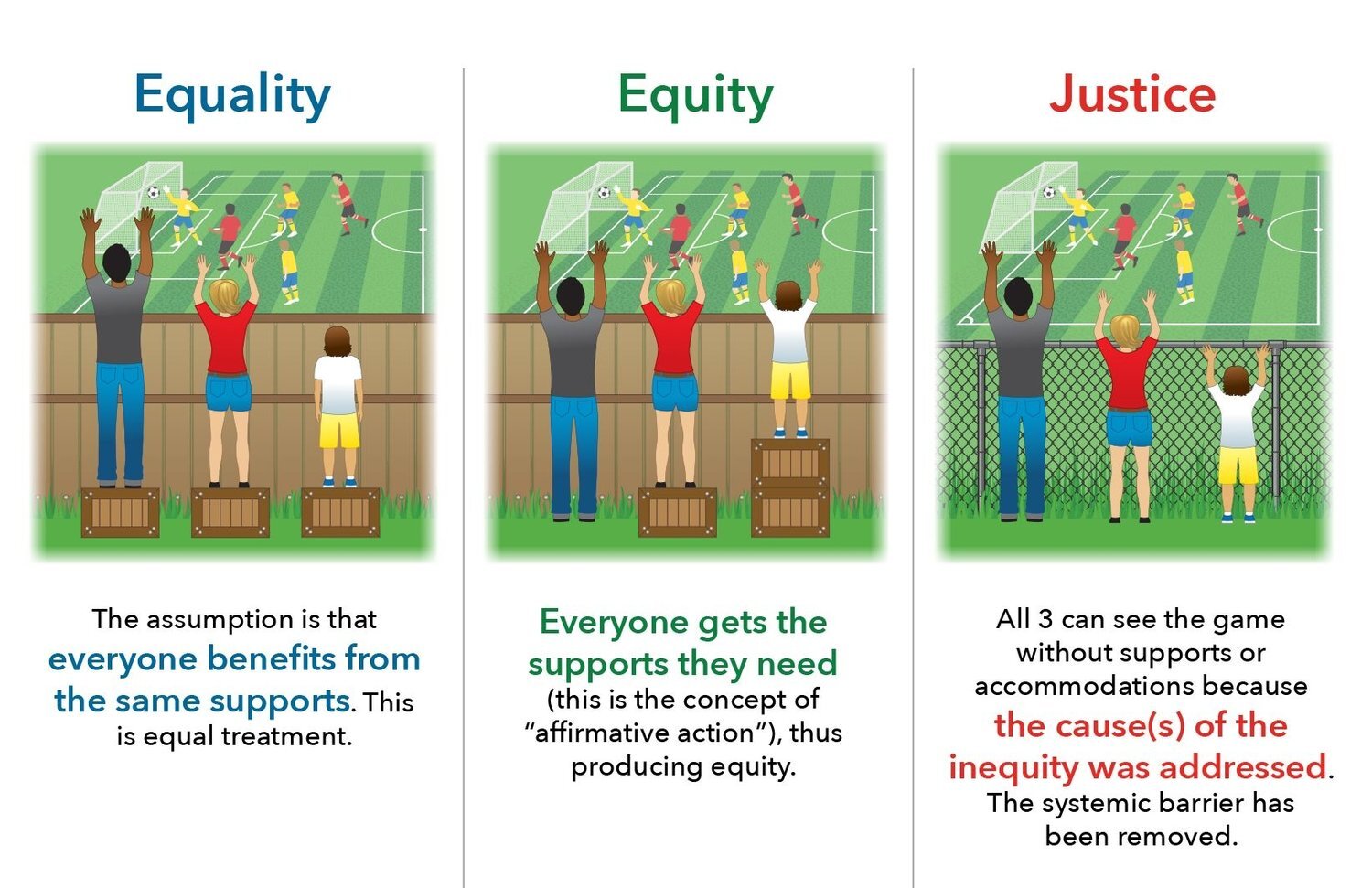Environmental Equity Vs. Environmental Justice: What’s the Difference?
Many journalists, activists, and even the general public use the terms environmental equity and environmental justice interchangeably. Indeed, they are linked to similar outcomes, but they differ in significant ways. And perhaps no recent natural disaster illustrates this more clearly than Hurricane Florence and its ongoing impact on the Carolinas.
Understanding Environmental Equity
Environmental equity describes a country, or world, in which no single group or community faces disadvantages in dealing with environmental hazards, disasters, or pollution. Ideally, no one should need extreme wealth or political connections to protect the well-being of their families and communities. Environmental equity is a basic human right.
According to the EPA, environmental equity can be broken down into two categories—fair treatment and meaningful involvement. Fair treatment means that no single sect of the population should be disproportionately affected by environmental crises as a result of laws or policies. Meaningful involvement means that groups can offer input regarding decisions that affect their health or their environment. This involvement also means that their input will be taken seriously and considered when making said decisions. Additionally, lawmakers will actively seek feedback from affected communities.
When considering Hurricane Florence, the devastating storm, initially a Category 4 store, that pounded the Carolinas in late September, environmental equity had a clear definition. Equity meant having access to resources for evacuation, materials to sandbag and protect homes from flooding, and adequate funds to repair and rebuild. And to a greater degree, equity meant living in an area that wasn’t vulnerable to storms and flooding. But for many low-income residents, many of whom are African-American, equity was not guaranteed.
For example, in Sandygate Village, a government-subsidized housing community in Myrtle Beach, residents were left to fend for themselves while their more affluent neighbors boarded up their windows and fled. Sandygate’s residents had to weather the storm without proper protection and faced catastrophic, life-threatening flooding because they couldn’t afford safety. In an equitable world, Myrtle Beach’s poorest inhabitants wouldn’t have to brave the storm.
Understanding Environmental Justice
If environmental equity is a basic human right, environmental justice is the act of protecting that right. Environmental justice involves the actions and activism necessary to highlight inequities and level the playing field. This means proper oversight and review of federal agencies, proper permitting and licensing for companies, buildings, and warehouses that emit pollution, setting clear standards, regulations, and laws that protect at-risk communities, and awarding grants to organizations that act on behalf of these communities.
Equity is the outcome of environmental justice. An equitable society is one in which justice has been served. They are complementary, not one in the same.
Despite the lack of equity in the Carolinas, the region has a long, rich history of environmental justice activism. In Wilmington, North Carolina, African-American activist Ben Chavis coined the term environmental racism as he protested African-American communities’ close proximity to toxic waste sites. His level of activism is still needed today, given that a coal ash pond has already overflowed into Wilmington’s water supply, and Wilmington’s low-income residents are fearful of what recovery will entail. In this instance, environmental justice would involve stronger regulations to prevent potential disasters like the coal ash pond overflow and to compel housing project managers or owners to enact measures to protect and evacuate residents.
It’s important not to use environmental equity and environmental justice interchangeably because doing so is a disservice to the communities who need both. Equity is not achieved without justice. And with more people of color, from diverse backgrounds with a wealth of different life experiences, working in the environmental sector, not only can the public understand the difference between the two, but also push these efforts forward and make measurable progress in underserved, at-risk communities across the country.
This is MobilizeGreen’s mission. To find out more about our work, click here.

